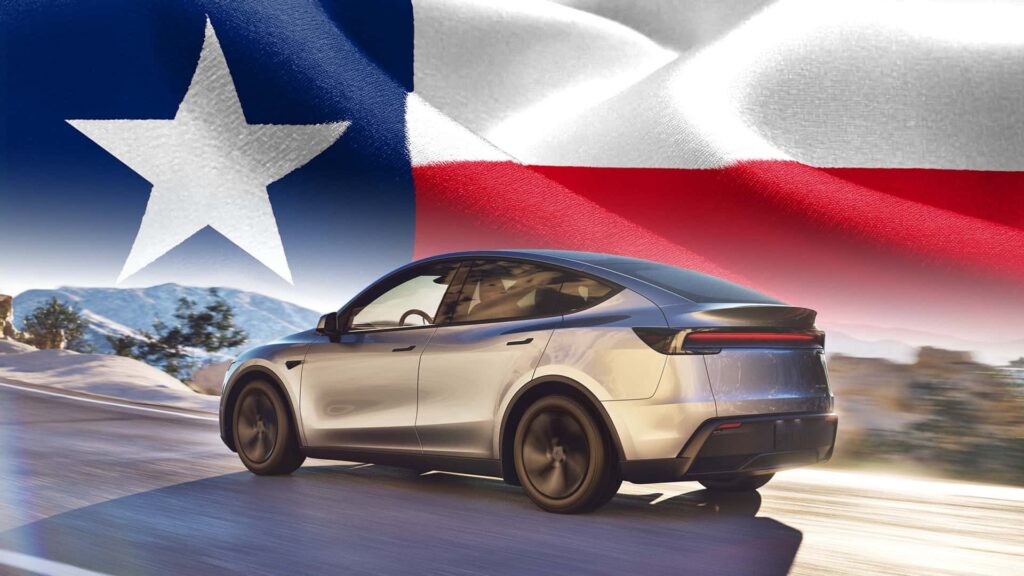Tesla is gearing up to launch its robotaxi service in June, with the automaker conducting testing of driverless Model Ys in Austin, Texas. CEO Elon Musk recently announced that the company has been testing these autonomous vehicles with no safety drivers present and has reported no incidents during the testing phase.
The move comes as Tesla aims to compete with other autonomous driving services, such as Waymo, that have been operating in the area for the past few years. The testing of the Model Y robotaxis is a crucial step towards the planned launch of the service in June.
According to Musk, the testing of the driverless Model Ys began ahead of schedule, indicating that the company is making significant progress towards its goal. The pilot service is rumored to be scheduled for a mid-June launch, with reports suggesting that June 12th could be the official start date.
Tesla plans to implement a slow rollout of the service, initially geofencing the cars to the “safest” parts of Austin and limiting riders to approved individuals. This cautious approach represents a departure from Tesla’s usual strategy of rapid deployment, highlighting the increased focus on safety and reliability in autonomous driving technology.
The company is expected to start with a small fleet of Model Ys owned by Tesla, with plans to gradually increase the number of vehicles in operation. Musk has previously stated that he envisions the program expanding to include 1,000 cars within a few months, underscoring the company’s ambitious goals for its robotaxi service.
In preparation for the launch, Tesla is also hiring human teleoperators to monitor the fleet and intervene in case of emergencies or technical issues. This additional layer of oversight is intended to ensure the safety and security of the autonomous vehicles as they navigate the streets of Austin.
While Tesla’s progress in autonomous driving technology is promising, federal regulators have raised concerns about the safety and legality of the company’s robotaxi service. The National Highway Traffic Safety Administration has requested more information from Tesla about its plans for the service, highlighting the regulatory challenges facing autonomous vehicle companies.
Critics have also questioned Tesla’s track record in delivering on its promises related to autonomous driving, citing delays in previous initiatives and the company’s reliance on lidar technology. Despite these challenges, Tesla remains optimistic about the future of its robotaxi service and is committed to delivering a reliable and efficient autonomous driving experience for customers in Austin and beyond. Tesla is facing a critical juncture in its journey towards becoming a dominant player in the electric vehicle market. With the company’s future hanging in the balance, the stakes are higher than ever before.
As Tesla continues to push the boundaries of innovation and technology, one of its key initiatives is the development of a fully autonomous, self-driving vehicle fleet. This ambitious project, known as the Robotaxi service, aims to revolutionize the way people commute and travel by providing a safe, efficient, and cost-effective transportation solution.
However, the road to success is not without its challenges. Tesla must navigate regulatory hurdles, technological limitations, and public perception issues to bring its Robotaxi service to market. With the company’s future riding on the success of this initiative, failure is not an option.
To address these challenges, Tesla is doubling down on its efforts to recruit top talent, invest in research and development, and collaborate with industry partners to overcome obstacles and achieve its vision of a fully autonomous transportation network. By leveraging its expertise in artificial intelligence, machine learning, and electric vehicle technology, Tesla is poised to disrupt the traditional automotive industry and lead the way towards a sustainable, eco-friendly future.
With the clock ticking and competition heating up, Tesla must stay ahead of the curve and deliver on its promises to investors, customers, and stakeholders. The company’s future success depends on its ability to innovate, adapt, and execute on its strategic goals. As Tesla races towards the finish line, all eyes are on the company to see if it can deliver on its bold vision for the future of transportation.

